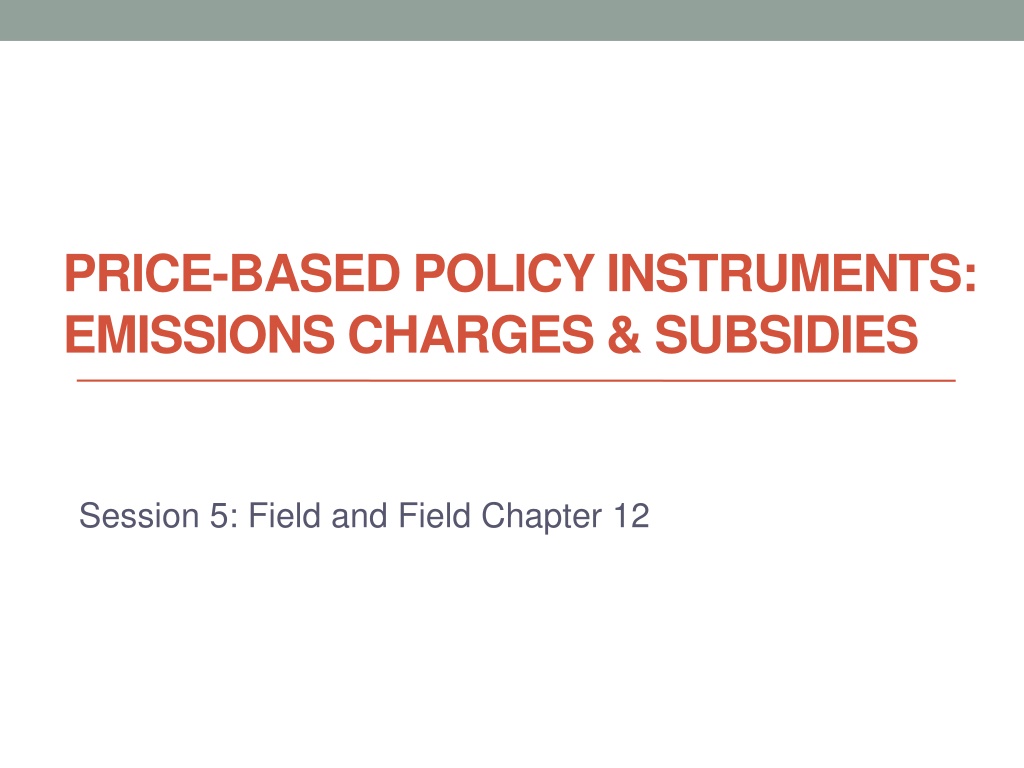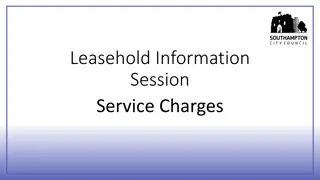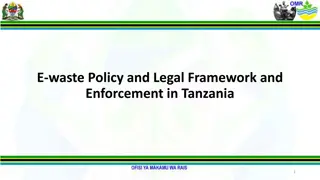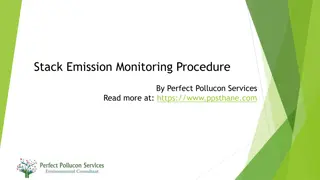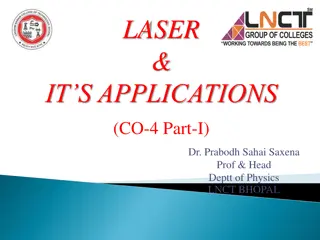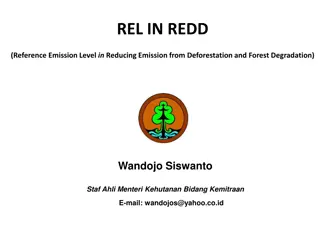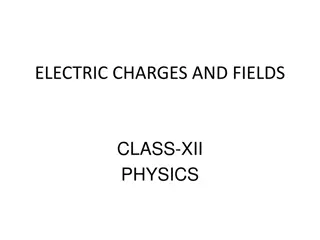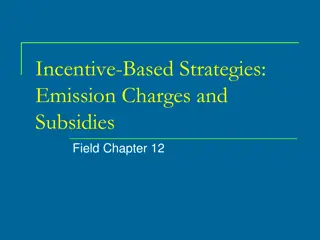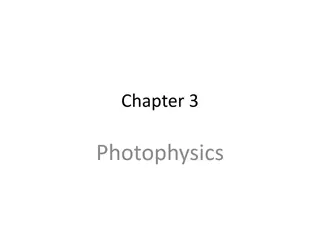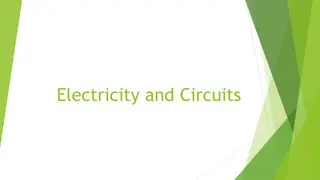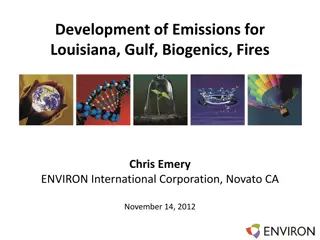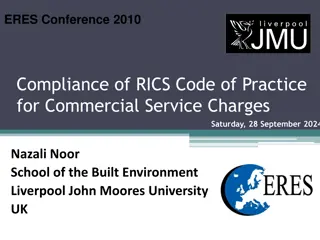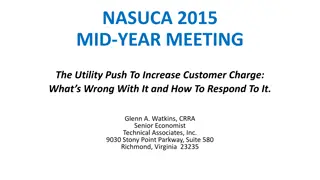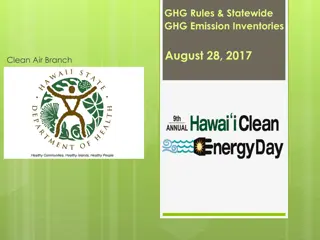Understanding Emission Charges for Environmental Policy
Explore the concept of emission charges as a policy instrument, where firms pay charges for every unit of effluent discharged to reduce emissions. The regulator sets the price to achieve efficient emission levels. Learn about setting charges in competitive environments, total abatement costs, and the social cost of policy implementation. Uncertainty in determining efficient tax rates is discussed when marginal damages are unknown, making the process more challenging and iterative for firms.
Download Presentation

Please find below an Image/Link to download the presentation.
The content on the website is provided AS IS for your information and personal use only. It may not be sold, licensed, or shared on other websites without obtaining consent from the author. Download presentation by click this link. If you encounter any issues during the download, it is possible that the publisher has removed the file from their server.
E N D
Presentation Transcript
PRICE-BASED POLICY INSTRUMENTS: EMISSIONS CHARGES & SUBSIDIES Session 5: Field and Field Chapter 12
Incentive Based Strategies Emissions Charges (Subsidies) You may discharge any amount of residuals you wish, but your emissions will be measured and you will be required to pay a certain charge for every unit of effluent you discharge
Emission Charges and Competition Regulator sets price on emissions with goal of arriving at efficient level of emissions. Firms will reduce emissions until marginal abatement costs are equal to the charge on emissions (the tax). Assumes MAC costs are known to regulator and firm. Assumes MDF is known to the regulator. Generates revenue from charges, but not profitably. Ambient and technology standards are easier to measure.
At what level should the charges be set? In competitive environments, higher charges will bring about greater reductions in emissions If we know the marginal damages associated with the pollutant, then fix the tax to produce the socially efficient level of pollution (MD =MAC) See fig 1
Setting the Emission Charge Fig 1 At t*, MD =MAC and emissions are e* Cost of total emission control = total abatement costs and total tax payments What are total abatement costs? What are the total tax payments What is the social cost of policy? MD MAC t* c f a d e b 0 e0 e1 e* Emissions (tons/year)
Setting the Emission Charge Fig 1 By how much has damage been reduced? What are the remaining damages? Tax take exceeds remaining damages Flat tax Two part emission charge MD MAC t* c f a d e b 0 e0 e1 e* Emissions (tons/year)
Emission Charges: Unknown Marginal Damages If marginal damages are unknown, then finding the efficient tax rate is more difficult Choosing emissions targets becomes an iterative process. Iterative processes become expensive for firms. Uncertainty is expensive.
Emission Charges and Cost Effectiveness Emission Charges are cost effective If the same rate of tax is applied to different sources with different MAC and each source reduces its emissions to the point where the MAC = tax rate then MACs will be automatically equalised across sources Emissions charges will lead to larger proportionate emission reductions from firms with lower abatement costs Satisfies the Equi-Marginal Principle
Emission Taxes and Non-Uniform Emissions Not all sources have the same marginal damage functions (as was previously assumed) If marginal damages vary, then a single emission charge may not be efficient Zoned Emission Charge Within each zone the government charges the same emission tax, however, the rate of emission tax can vary between zones
Emission Charges and Tax It is uncertain by how much a tax will reduce emissions The effectiveness of the policy will depend on the slope of MAC s These may be unknown Tax revenue will also vary according to the slope of the MACs
Tax Revenue and Slope of MAC Flat MAC Steep MAC MAC1 MAC2 th a d tl b c f e e4 e1 e2 e3 Emissions (ibs per month) Emissions (ibs per month
Emission taxes How does emission reductions vary with the elasticity of MAC curves? How does tax revenue vary with the elasticity of the MAC curves? What are the implications for gov. policy?
Emission Charges and Innovation Emission charges provide strong incentives to innovate Their potential cost savings from new innovative pollution control techniques are larger than under emission standards Why is this the case?
Emission Charges and Innovation Effluent charge of t with initial technology MAC2 What are the costs to the firm? What would the cost be if e1 was an emission standard? If firms introduced new technology (MAC2) What are the costs to the firm? Implications? Incentive to innovate MAC1 MAC2 t c d a b e 0 e2 e1 Emissions (tons/year)
Summary Emission charges put a price on pollution Prime advantage = efficiency aspects Also provide strong incentive to innovate Provide a source of tax revenue Difficult to determine the impact of the tax on emission reductions and revenue Difficult to monitor
Reading Field & Field, chapter 12 Watch some of the videos in this document
